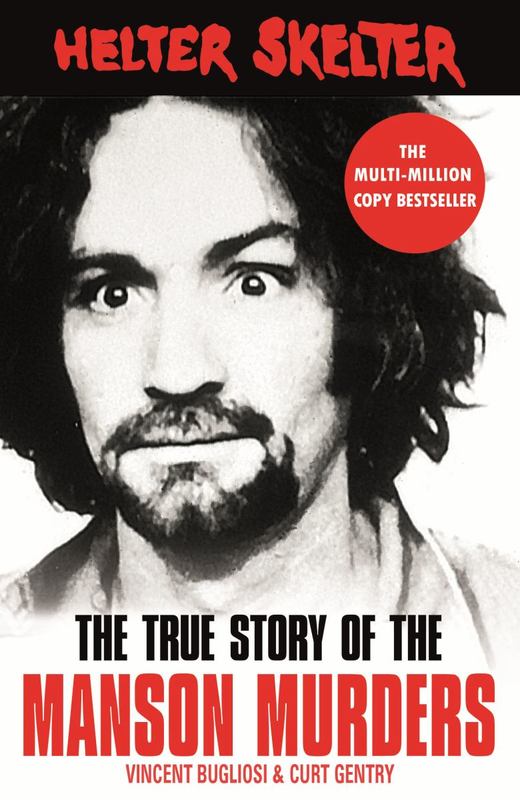

In the course of demythifying this bizarre and brutal case, Bugliosi is highly critical of certain aspects of police performance, of some of the actions of the press, of the probation system, of some judges and attorneys and of individuals who have elevated Manson as a symbolic and even heroic figure.īugliosi’s criticisms do not take the form of a blanket indictment. The volume, written with the assistance of Curt Gentry, is bound to produce controversy indeed, the attribution of motive - namely, that the murders were committed to ignite Helter Skelter, Manson’s term for a black-white Armageddon which would end ultimately in power for Manson and his Family - may turn out to be the least controversial aspect of the book. The problem, especially in this case, was finding it.” “It may be unconventional it may be apparent only to the killer or killers it may even be largely unconscious - but every crime is committed for a reason.


“Occasionally writers refer to a ‘motiveless crime.’ I’ve never encountered such an animal and I’m convinced that none such exists,” Vincent Bugliosi, prosecutor in the Tate-LaBianca trials, says in “Helter Skelter: The True Story of the Manson Murders” (Norton: $10 illustrated).

“Stripping Away the Manson Myths” by Robert Kirsch By longtime critic Robert Kirsch, it speaks not only to what makes “Helter Skelter” a compelling read, but what continued to fascinate readers about the crimes five years later - and still does. Times ran of the book when it was published. The public was eager to read what Bugliosi had to say, and the book swiftly became a bestseller.įollowing is the review that the L.A. Charles Manson was convicted of masterminding the brutal attacks, which took place in the summer of 1969. Bugliosi, who died Monday at age 80, was the prosecuting attorney in the Tate-LaBianca murder cases. When Vincent Bugliosi’s “Helter Skelter: The True Story of the Manson Murders” was published in 1974, it was as much a sensation as the crimes and trial that it chronicled.


 0 kommentar(er)
0 kommentar(er)
